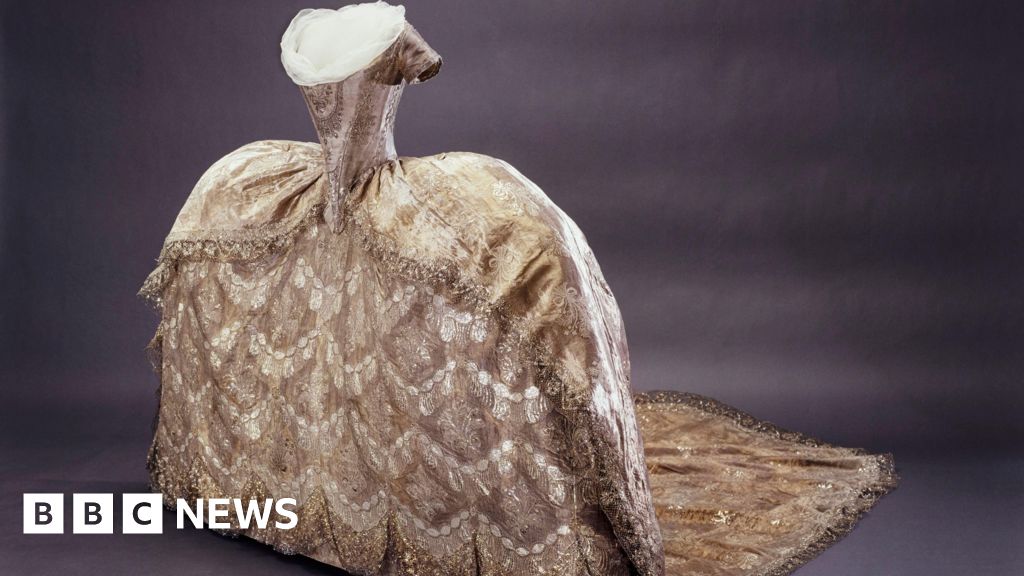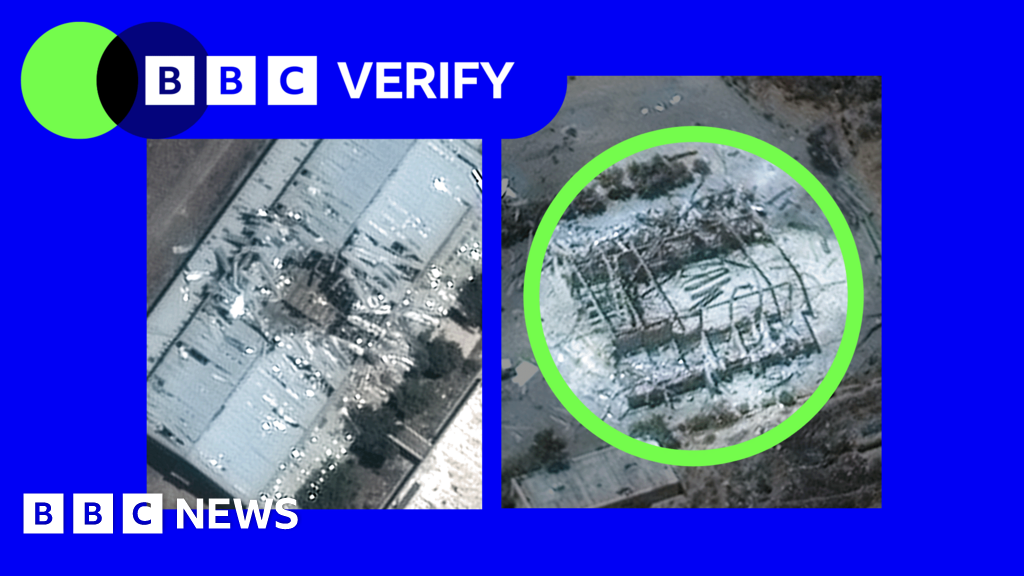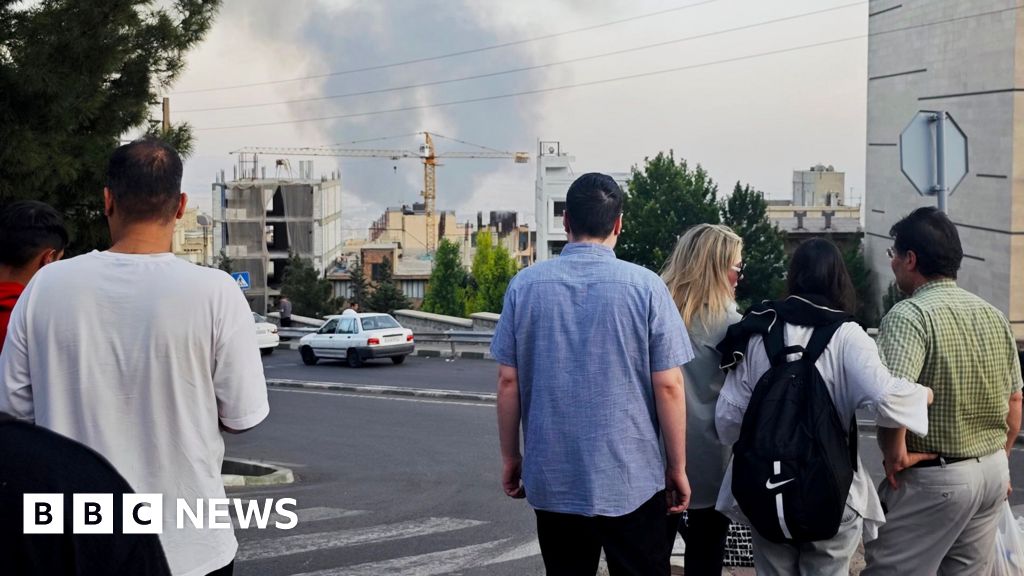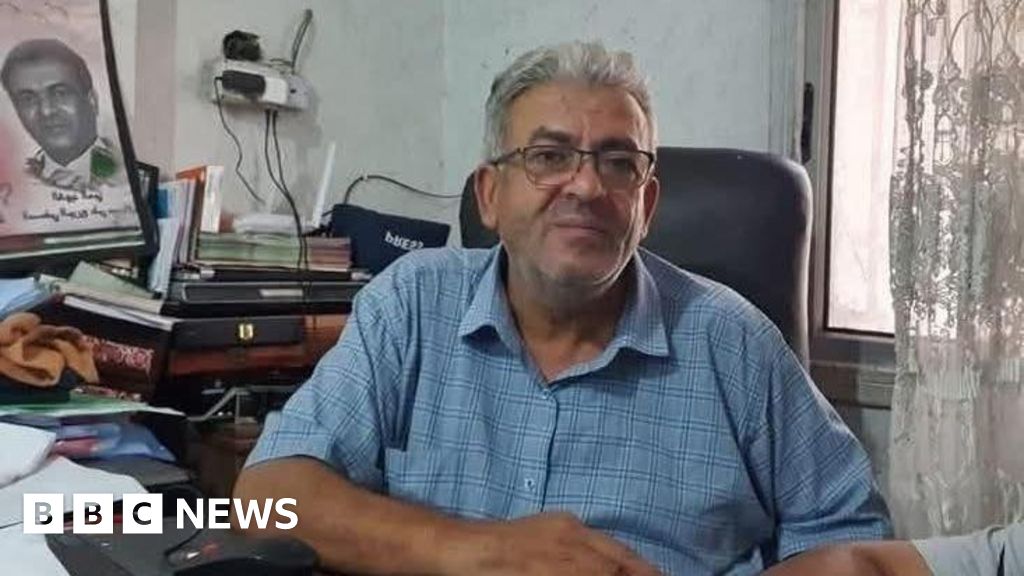Less than an hour from Cork Airport, but tucked away off the main tourist trails, Ireland’s Blackwater Valley is steeped in natural splendor and Old World romance. The area gets its name from the Munster Blackwater — a deep, fast-flowing river that wends through the verdant landscape before joining the Atlantic Ocean at the medieval town of Youghal.
Flanked by the Knockmealdown Mountains to the north and blown by the fresh winds that come off the sea, the valley has its own microclimate, where the vegetation grows rich and lush, from ancient woodland to rolling pastures where the grass is so thick and green it looks almost artificial.
As well as its natural beauty, the area is known for its landmarks that range from castles to follies, and a thriving cultural scene. It’s well worth a diversion if you’re planning a trip to Ireland.
One of the most popular places to stay nearby is Ballymaloe House, home to the Ballymaloe cookery school. Many of Ireland’s top chefs trained here, and Hannah Neeleman, of Ballerina Farm fame, recently spent three months doing a cookery course there — rooms are traditional and comfortable and cost from €280 a night (about $318), depending on the season. Or, head to the 220-acre Castlemartyr Resort (rooms from €233 a night), a five-star hotel set in a large manor house right next to a ruined castle. It’s the perfect base for exploring the region and is a destination in its own right, with seven dining options, including a traditional Irish pub, the Hunted Hog.
Castlemartyr is an example of what are referred to in Ireland as “big houses” — large country homes built by wealthy Anglo-Irish landowners between the 17th and 19th centuries. In many parts of the country, they have either burned down or been left to decay and molder, but here, they are mostly still inhabited and thriving, partly because of a cohort of affluent newcomers.
Lismore Castle lies at the heart of the Blackwater Valley, both geographically and culturally. This imposing gothic edifice looms high over the banks of the river, presenting a silhouette that’s so dramatic and beautiful it looks as if it’s escaped from a film set. It’s the Irish seat of the Dukes of Devonshire — who also own Chatsworth, one of England’s largest estates. Its former inhabitants include Adele Astaire, Fred Astaire’s older sister and one of the most famous vaudeville stars of her day. She was a household name in the 1920s and 30s, before retiring from the stage to marry Charles Cavendish, the second son of the ninth Duke of Devonshire. During her time as chatelaine, she modernized the house, went on long walks and kept a pet goat.
If you’re driving to Lismore, stop off at Ballysaggartmore Towers, an extraordinary pair of crumbling gothic gate lodges that look like miniature fairy-tale castles. Surrounded by woodland, with no other buildings in sight, these follies are free to visit. Be prepared for a walk — the trail is 1.5 miles, with rough paths.
One of the region’s main cultural events is the Blackwater Valley Opera Festival, which runs each summer and attracts musical aficionados from around the world to hear top-quality productions in a collection of remarkable venues. These include some of the finest country houses in the area, as well as the ancient St. Carthage’s Cathedral in Lismore town.
The festival comprises about 20 events over the course of a week, with approximately 5,000 visitors in total. “The big draw is having Lismore Castle as a main venue,” said Susie Wingfield, a resident. “It’s an incredible outdoor setting for an opera, particularly in the evening. Also, all the recitals are in private houses and churches, which feels very special and intimate.”
In the spring, the West Waterford Drama Festival takes place in the tiny village of Ballyduff, when Ireland’s top amateur theater groups converge in the local hall and put on the sort of productions that you’d expect to see in Dublin or Cork.
No trip to the Blackwater Valley would be complete without a visit to Ardmore, a small fishing village perched on the rugged coast. Despite having a population of fewer than 500 people, it possesses one of therare Michelin-starred restaurants in Ireland outside of Dublin, House. Inside the Cliff House Hotel, where rooms cost from €269 a night, including breakfast, the restaurant is open from Wednesday to Saturday and focuses on locally sourced ingredients with a particular emphasis on seafood, in a nod to Ardmore’s maritime heritage. Linger over the seven-course tasting menu (€150 a person) before sinking into one of the supremely comfortable beds in the hotel, where you’ll be lulled to sleep by the sound of waves crashing against the cliffs.
The next day, spend a morning exploring the village, starting with a stroll around the ruins of the 12th-century round tower and cathedral. Stop by Ardmore Pottery & Gallery, a family-run business that sells contemporary ceramics and pieces by Irish makers. You can also visit the on-site studio, where you’ll see earthenware pots being made by hand. If the weather’s fine, there are plenty of sandy beaches — Curragh Beach and Whiting Bay are the two main ones.
Literary types can attend a creative writing workshop at Molly Keane Writers Retreats (a three-day course is €350), where the former home of the Anglo-Irish author is regularly opened to budding creatives. Keane was a celebrated author and playwright with a long career, starting out in the 1920s before finding late success nearly 60 years later, when her novel “Good Behaviour” was shortlisted for the 1981 Booker Prize. She’s one of several writers associated with the Blackwater Valley — the travel author Dervla Murphy grew up in Lismore, while the poet Thomas McCarthy lives in the nearby town of Cappoquin.
Molly Keane’s daughter, Virginia Brownlow, still calls the Blackwater Valley home, despite having lived in both Dublin and London. When asked what keeps her in this rural corner of Ireland, her reply was simple: “The beauty of it. It’s such a lyrical, lovely place.”
Follow New York Times Travel on Instagram and sign up for our Travel Dispatch newsletter to get expert tips on traveling smarter and inspiration for your next vacation. Dreaming up a future getaway or just armchair traveling? Check out our 52 Places to Go in 2025.


















